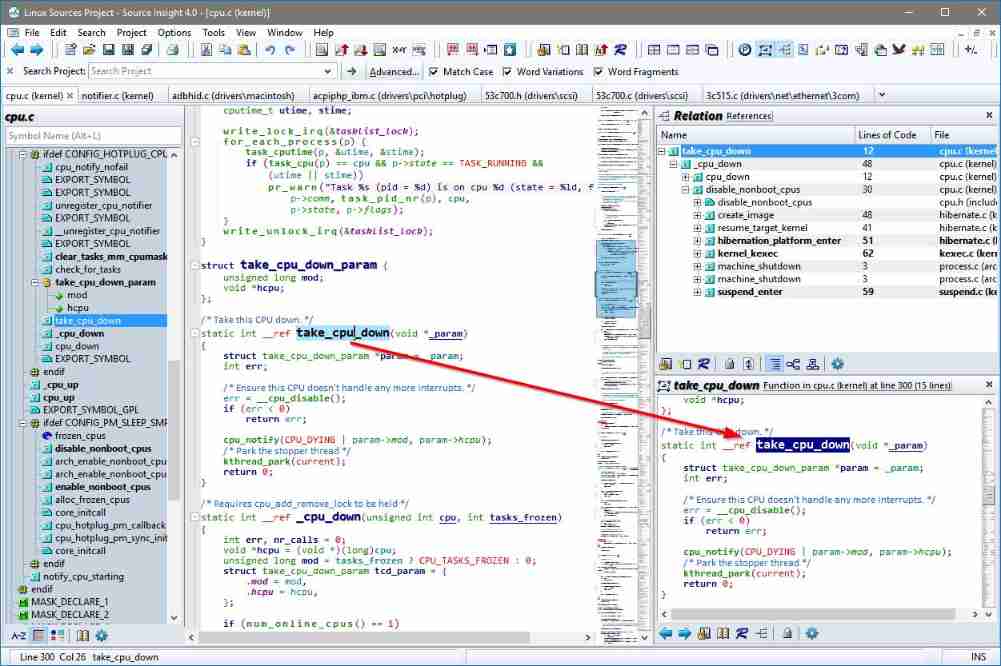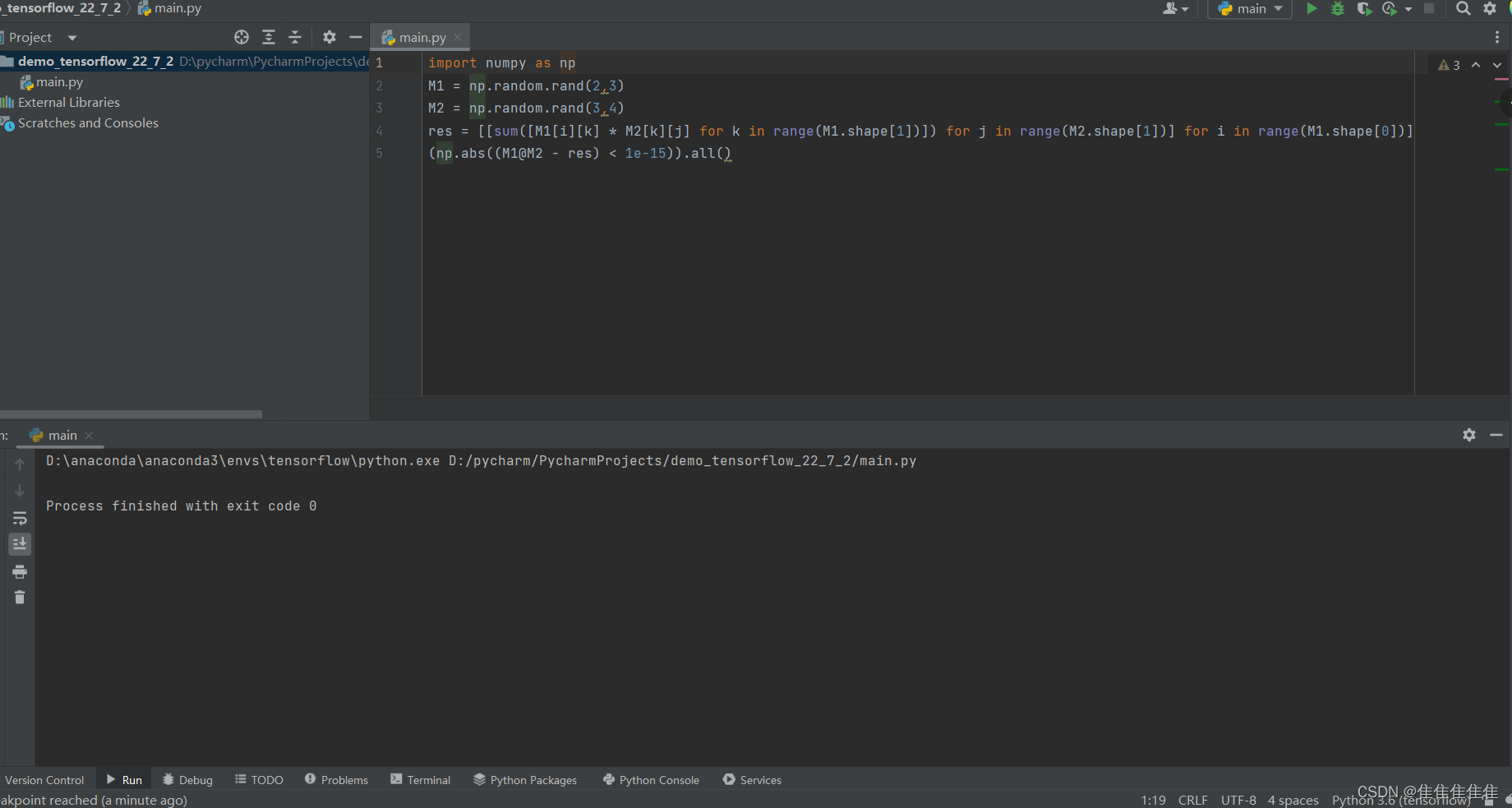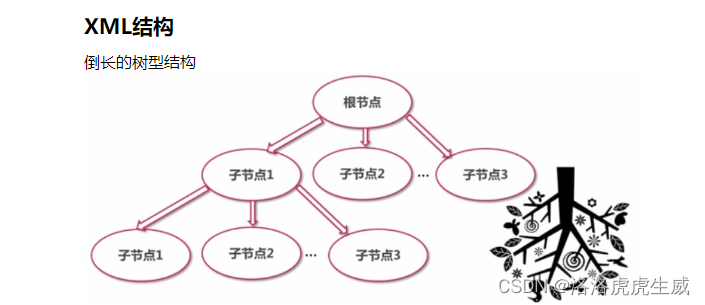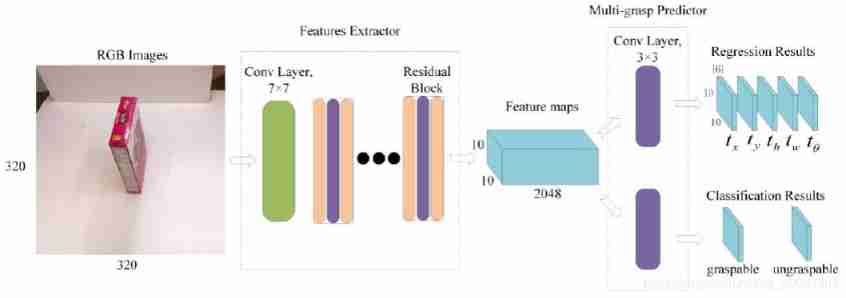当前位置:网站首页>2022.7.2 simulation match
2022.7.2 simulation match
2022-07-03 05:33:00 【lAWTYl】
T1 counting
like a breath of fresh air T 1 T1 T1 . A sequence of numbers , No modification , Each inquiry is greater than or equal to x x x The number of . Directly ask each time l o w e r b o u n d ( ) lower_bound() lowerbound() Just like the .
In the examination room 5 5 5 Minutes to finish qwq.
#include<bits/stdc++.h>
using namespace std;
#define in read()
#define MAXN 200200
inline int read(){
int x = 0; char c = getchar();
while(c < '0' or c > '9') c = getchar();
while('0' <= c and c <= '9'){
x = x * 10 + c - '0'; c = getchar();
}
return x;
}
int a[MAXN] = {
0 };
int n = 0; int q = 0;
int main(){
freopen("counting.in", "r", stdin);
freopen("counting.out", "w", stdout);
n = in; q = in;
for(int i = 1; i <= n; i++) a[i] = in;
sort(a + 1, a + n + 1);
while(q--){
int x = in;
cout << n - (lower_bound(a + 1, a + n + 1, x) - a) + 1 << '\n';
}
return 0;
}
T2 graph
Also send sub questions . Just simulate directly according to the meaning of the topic ( The most violent isomorphism qwq).
#include<bits/stdc++.h>
using namespace std;
#define MAXN 101
int n = 0; int m = 0;
int mmap1[MAXN][MAXN] = {
0 };
int mmap2[MAXN][MAXN] = {
0 };
bool flag = 0;
bool chk(int a[]){
bool temp = true;
for(int i = 1; i <= n; i++)
for(int j = 1; j < i; j++){
int x = a[i], y = a[j];
if(mmap1[i][j])
if(!mmap2[x][y]) temp = false;
}
return temp;
}
int a[MAXN] = {
0 };
bool vis[MAXN] = {
0 };
void dfs(int x){
if(x == n + 1){
if(chk(a)) flag = 1;
return;
}
for(int i = 1; i <= n; i++){
if(vis[i]) continue;
vis[i] = 1; a[x] = i;
dfs(x + 1);
vis[i] = 0; a[x] = 0;
}
}
int main(){
freopen("graph.in", "r", stdin);
freopen("graph.out", "w", stdout);
cin >> n >> m;
for(int i = 1; i <= m; i++){
int x = 0, y = 0;
cin >> x >> y;
mmap1[x][y] = mmap1[y][x] = 1;
}
for(int i = 1; i <= m; i++){
int x = 0, y = 0;
cin >> x >> y;
mmap2[x][y] = mmap2[y][x] = 1;
}
dfs(1);
flag ? cout << "Yes" << '\n' : cout << "No" << '\n';
return 0;
}
T3 dishes
At first, I misunderstood the meaning of the topic , Want to become the topological order with the smallest dictionary order . After typing, I found that the sample was wrong , Then I read the topic for a long time to understand .
What you want is to satisfy the topological order and successively Make the number as small as possible in front . Then you will find that the smallest dictionary order is obviously wrong . Then let's consider doing it backwards .
Specifically, we need to make the number smaller successively Try to be at the top , It can be understood that we should make the ones with large numbers rank behind the topological order as much as possible . So we can think of reverse mapping , Then run the topological order with the largest dictionary order on the inverse graph , Finally, reversing the topological order is the required answer ( The essence is greed , But I can't prove the correctness , Just pass the question qwq).
u p d upd upd: The correctness of this method is proved :
First of all, we find the topological order with the largest dictionary order in reverse , therefore 1 1 1 It must be in the back , Because if you move forward a little, the dictionary order will become smaller . Then after the reverse 1 1 1 Right at the front , therefore 1 1 1 The position of must be correct .
Then we use mathematical induction , Before hypothesis k k k The position of the number is correct , Then we need to prove that k + 1 k + 1 k+1 The number is also correct . The method of proof is the same as that just proved 1 1 1 The position of is correct, and the method is exactly the same .
So this practice must be correct .
#include<bits/stdc++.h>
using namespace std;
#define in read()
#define MAXN 100100
#define MAXM MAXN << 2
inline int read(){
int x = 0; char c = getchar();
while(c < '0' or c > '9') c = getchar();
while('0' <= c and c <= '9'){
x = x * 10 + c - '0'; c = getchar();
}
return x;
}
int t = 0;
int n = 0; int m = 0;
int a[MAXN] = {
0 };
int tot = 0; int cnt = 0;
int first[MAXN] = {
0 };
int nxt[MAXM] = {
0 };
int to[MAXM] = {
0 };
int deg[MAXN] = {
0 };
inline void add(int x, int y){
nxt[++tot] = first[x];
first[x] = tot; to[tot] = y; deg[y]++;
}
void init(){
tot = cnt = 0;
memset(a, 0, sizeof(a));
memset(to, 0, sizeof(to));
memset(nxt, 0, sizeof(nxt));
memset(deg, 0, sizeof(deg));
memset(first, 0, sizeof(first));
}
priority_queue<int> q;
void topsort(){
for(int i = 1; i <= n; i++) if(!deg[i]) q.push(i);
while(!q.empty()){
int x = q.top(); q.pop();
a[++cnt] = x;
for(int e = first[x]; e; e = nxt[e]){
int y = to[e];
if(!(--deg[y])) q.push(y);
}
}
}
int main(){
freopen("dishes.in", "r", stdin);
freopen("dishes.out", "w", stdout);
t = in;
while(t--){
init();
n = in; m = in;
for(int i = 1; i <= m; i++){
int x = in, y = in;
add(y, x);
} topsort();
if(cnt < n) cout << "Impossible!\n";
else {
for(int i = n; i >= 1; i--) cout << a[i] << ' '; puts(""); }
}
return 0;
}
T4 network
Portal :HNOI2016 The Internet
front 30 p t s 30pts 30pts You can use a O ( m 2 log n ) O(m^2\log n) O(m2logn) Of violence , Specifically, it's like this .
Obviously we can O ( n log n ) O(n\log n) O(nlogn) After pretreatment O ( log n ) O(\log n) O(logn) seek l c a ( x , y ) lca(x, y) lca(x,y), So we can be in O ( log n ) O(\log n) O(logn) Find out in time d i s ( x , y ) dis(x, y) dis(x,y). So now we only need to know one point m m m Whether in p a t h ( x , y ) path(x, y) path(x,y) On the path of .
If m m m In path p a t h ( x , y ) path(x, y) path(x,y) On , So obviously there is d i s ( x , m ) + d i s ( m , y ) = d i s ( x , y ) dis(x, m) + dis(m, y) = dis(x, y) dis(x,m)+dis(m,y)=dis(x,y). So we can judge from this m m m Whether in p a t h ( x , y ) path(x, y) path(x,y) Yes .
#include<bits/stdc++.h>
using namespace std;
#define in read()
#define MAXN 200200
#define MAXM MAXN << 2
inline int read(){
int x = 0; char c = getchar();
while(c < '0' or c > '9') c = getchar();
while('0' <= c and c <= '9'){
x = x * 10 + c - '0'; c = getchar();
}
return x;
}
int n = 0; int m = 0;
int tot = 0;
int first[MAXN] = {
0 };
int nxt[MAXM] = {
0 };
int to[MAXM] = {
0 };
void add(int x, int y){
nxt[++tot] = first[x];
first[x] = tot; to[tot] = y;
}
int dep[MAXN] = {
0 };
int f[MAXN][35] = {
0 };
void prework(int x, int fa){
dep[x] = dep[fa] + 1;
for(int i = 0; i <= 30; i++)
f[x][i + 1] = f[f[x][i]][i];
for(int e = first[x]; e; e = nxt[e]){
int y = to[e];
if(y == fa) continue;
f[y][0] = x; prework(y, x);
}
}
int query(int x, int y){
if(dep[x] < dep[y]) swap(x, y);
for(int i = 30; i >= 0; i--){
if(dep[f[x][i]] >= dep[y]) x = f[x][i];
if(x == y) return x;
}
for(int i = 30; i >= 0; i--)
if(f[x][i] != f[y][i]) x = f[x][i], y = f[y][i];
return f[x][0];
}
int cnt = 0;
struct Tpath{
int t;
int x, y, v;
bool isd;
}path[MAXN];
int main(){
n = in; m = in;
for(int i = 1; i < n; i++){
int x = in, y = in;
add(x, y), add(y, x);
} prework(1, 0);
for(int i = 1; i <= m; i++){
int op = in;
if(op == 0){
int a = in, b = in, v = in;
path[++cnt].x = a, path[cnt].y = b, path[cnt].t = i, path[cnt].v = v;
}
else if(op == 1){
int t = in;
for(int j = 1; j <= cnt; j++) if(path[j].t == t) path[j].isd = 1;
}
else if (op == 2){
int k = in; int ans = -1;
for(int j = 1; j <= cnt; j++){
if(path[j].isd) continue;
int x = path[j].x, y = path[j].y;
int lcaxy = query(x, y), lcaxk = query(x, k), lcaky = query(k, y);
int disxy = dep[x] + dep[y] - 2 * dep[lcaxy];
int disxk = dep[x] + dep[k] - 2 * dep[lcaxk];
int disky = dep[k] + dep[y] - 2 * dep[lcaky];
if(disxy != disxk + disky) ans = max(ans, path[j].v);
}
cout << ans << '\n';
}
}
return 0;
}
Then we found that there are 20 p t s 20pts 20pts It is the case that the whole tree becomes a chain . In this case, the problem becomes a relatively simple operation problem on the sequence . Now it is obvious that this problem has been transformed into a board of tree covering tree ( During the exam, I played the board and didn't adjust it for more than an hour, so I didn't post the code qwq).
边栏推荐
- Why should we rewrite hashcode when we rewrite the equals method?
- Map的扩容机制
- Source insight License Activation
- Redis expiration elimination mechanism
- Redis 过期淘汰机制
- Principles of BTC cryptography
- Interview question -- output the same characters in two character arrays
- 3dslam with 16 line lidar and octomap
- XML配置文件
- 2022.DAY592
猜你喜欢

配置xml文件的dtd

(subplots usage) Matplotlib how to draw multiple subgraphs (axis field)

Latest version of source insight

小学校园IP网络广播-基于校园局域网的小学IP数字广播系统设计

Altaro o365 total backup subscription plan

6.23 warehouse operation on Thursday

XML Configuration File

6.23星期四库作业

Classification and discussion of plane grab detection methods based on learning

Common interview questions of microservice
随机推荐
期末复习(DAY6)
College campus IP network broadcasting - manufacturer's design guide for college campus IP broadcasting scheme based on campus LAN
C language program ideas and several commonly used filters
Azure file synchronization of altaro: the end of traditional file servers?
期末复习(day3)
How to install and configure altaro VM backup for VMware vSphere
Go language interface learning notes
今天很多 CTO 都是被幹掉的,因為他沒有成就業務
牛客网 JS 分隔符
6.23 warehouse operation on Thursday
Beaucoup de CTO ont été tués aujourd'hui parce qu'il n'a pas fait d'affaires
BTC-密码学原理
Go practice -- closures in golang (anonymous functions, closures)
Web APIs exclusivity
Webrtc protocol introduction -- an article to understand ice, stun, NAT, turn
Classification and discussion of plane grab detection methods based on learning
redis 遇到 NOAUTH Authentication required
Deploy crawl detection network using tensorrt (I)
Export the altaro event log to a text file
獲取並監控遠程服務器日志